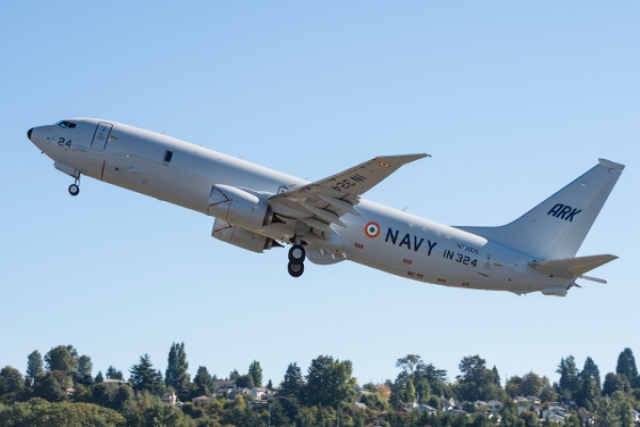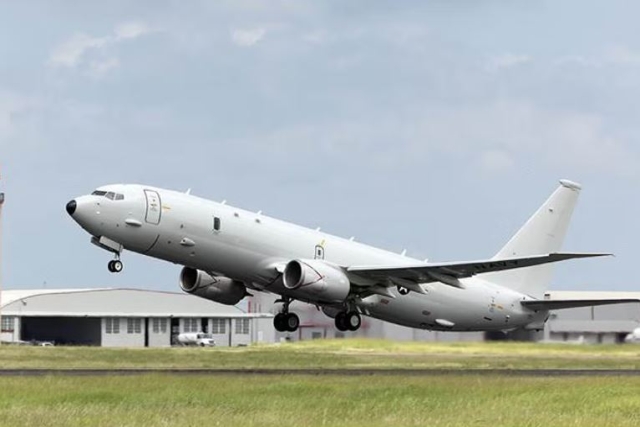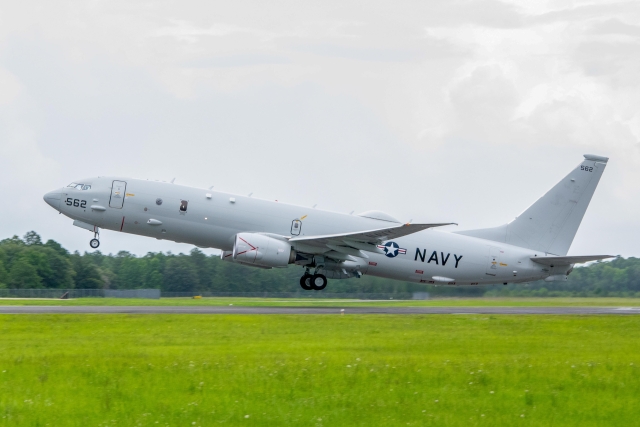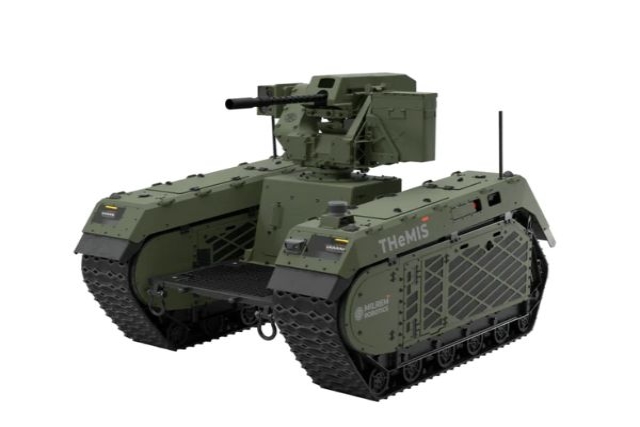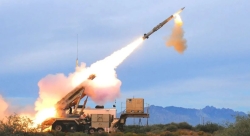U.S. Navy P-8 Poseidon Spotted Flying with LRASM Missile
First public image shows patrol aircraft carrying long-range anti-ship weapon
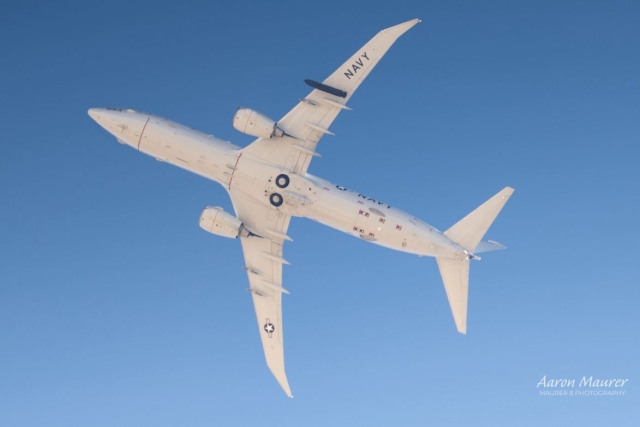
The U.S. Navy’s P-8 Poseidon maritime patrol aircraft has been seen for the first time carrying a Long-Range Anti-Ship Missile (LRASM).
Aviation photographer Aaron Maurer captured the aircraft flying over California’s Mojave Desert with an AGM-158C LRASM clearly visible under its left wing on August 28. The photo, published on X, marked the first public image of the anti-submarine warfare aircraft armed with the missile.
The U.S. Navy later confirmed to Newsweek that the missile seen in the photo was indeed an LRASM, adding that integration work is ongoing.
According to the Naval Air Systems Command (NAVAIR), work to integrate the LRASM onto the Poseidon began in 2022. Flight testing started the same year, with completion originally scheduled for FY2024. However, Lockheed Martin, the missile’s manufacturer, stated the effort would extend into 2025.
Each P-8A aircraft will be able to carry up to 4 AGM-158C missiles externally, as the weapons do not fit into its internal bay.
The AGM-158C is an anti-ship variant of the AGM-158B JASSM cruise missile, weighing about 1,100 kg with a range of roughly 1,000 km. Its warhead weighs 454 kg. It is designed to reduce radar visibility and uses guidance systems to autonomously detect, classify, and strike naval targets. LRASM can also communicate with other missiles in flight to distribute targets.
Three versions are planned: LRASM 1.0, LRASM 1.1, and LRASM C-3. The baseline version achieved early operational capability in 2019 and has already been integrated onto the B-1B Lancer heavy bomber and F/A-18E/F Super Hornet fighter. Work is underway for integration with F-15 and F-35 jets.
The sighting comes shortly after Russian fighter jets intercepted an American P-8 Poseidon over the Black Sea in late August. That aircraft was reported to be equipped with a classified radar module.

